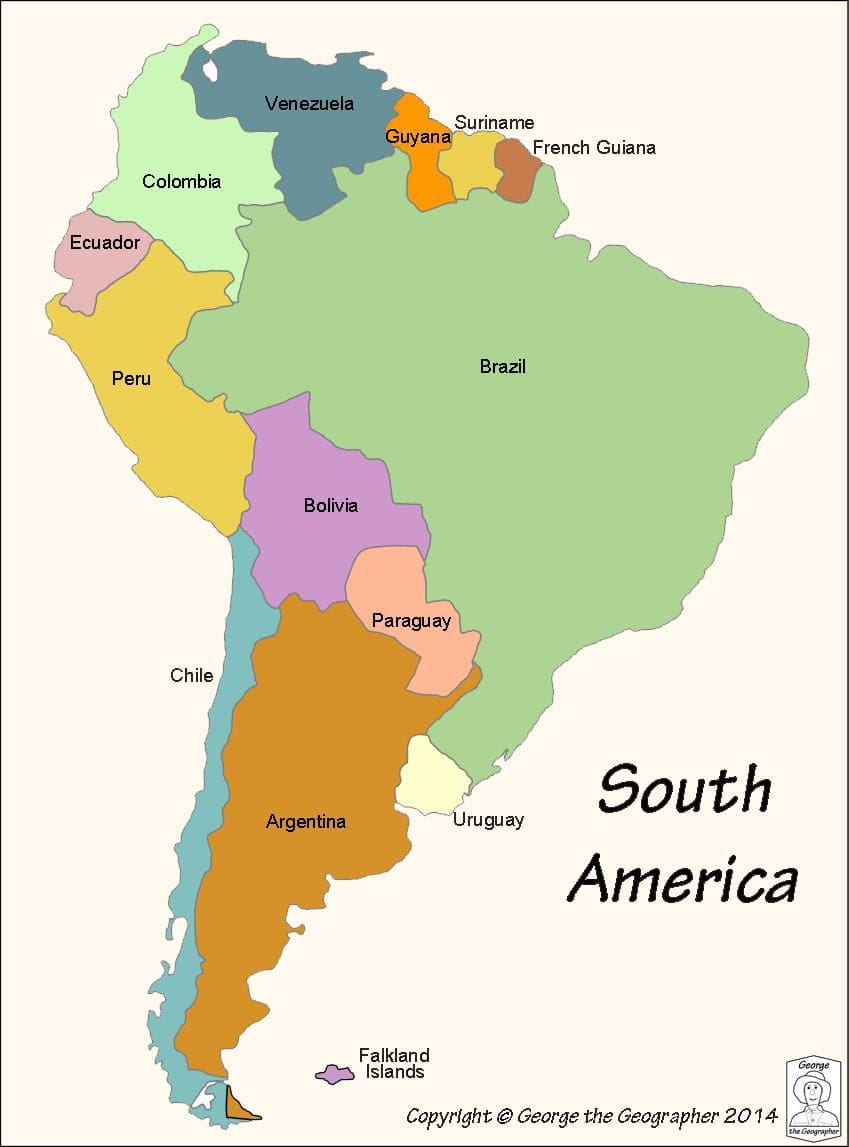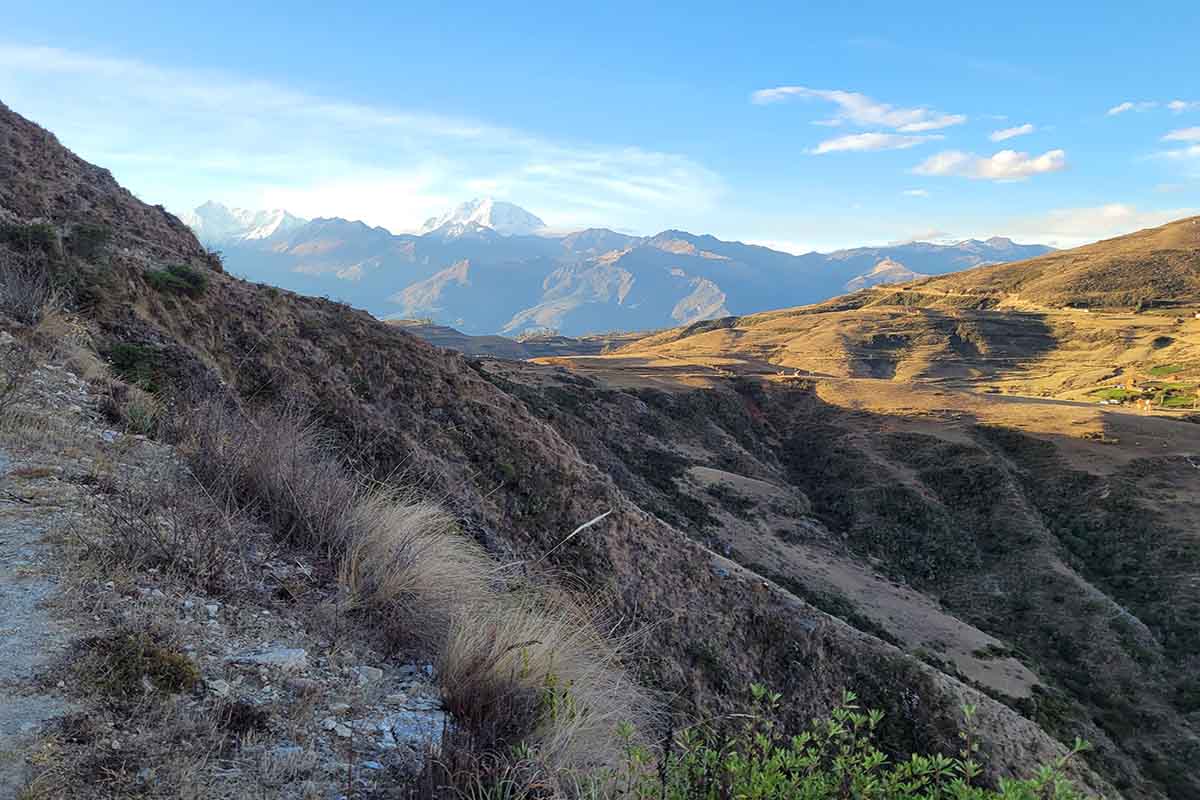South America

South America
South America can rival any of the continents as a travel destination. Travel in South America rewards the adventurous tourist with beautiful landscapes, diverse cultures, and complex political history.
Each country in this captivating continent offers the traveller something different. Whether it’s the mystique of Machu Picchu, the untamed wilderness of the Amazon or the samba beats of Rio de Janeiro, South America will captivate you.
Historical Tapestry: The Cradle of Ancient Civilizations
South America’s history is a fascinating blend of ancient civilizations, European colonization, and post-colonial struggles for independence. Before European colonisation, the continent was home to advanced civilizations like the Inca.
The Inca are best known for their architectural marvels. Built in the 15th century, Machu Picchu, a breathtaking citadel nestled high in the Andes Mountains, lay undiscovered until 1911. Built in the 15th century, it remains one of the most iconic symbols of South America’s pre-Columbian heritage.
European colonization brought massive change to the continent. The Spanish and Portuguese empires divided South America through the Treaty of Tordesillas (1494). Most of the continent fell under Spanish rule, while Brazil became a Portuguese colony.
Over the next centuries, European settlers, African slaves, and indigenous peoples intermingled. This created a complex social and ethnic landscape. The colonists ruthlessly exploited South America’s vast natural resources. This wealth gave rise to powerful colonial cities like Lima, Buenos Aires, and Rio de Janeiro.
In the 19th century, revolutionary fervor swept across the continent, giving rise to independence movements. Figures like Simón Bolívar, José de San Martín, and Bernardo O’Higgins led the fight for freedom from European powers. Most South American countries achieved independence from Europe by the mid-1880s, but their troubles weren’t over. They still faced political instability and economic inequality that influenced their future. These problems rumble across the continent, even today.
Culture: A Melting Pot of Traditions
The heady mix of indigenous, African and European influences has formed a rich cultural tapestry across South America. Each country on the continent has its own distinct cultural identity, but shared histories and experiences unite them.
Language and Religion
Spanish is the dominant language in most of South America, with Portuguese spoken in Brazil, the continent’s largest country. Indigenous languages like Quechua and Aymara are still widely spoken in Bolivia, Peru, and Ecuador, while Guarani is an official language in Paraguay. Catholicism is the dominant religion across South America, thanks to its colonial past. However, indigenous spiritual practices continue to influence religious life, particularly in rural areas.
Music and Dance
Music is an integral part of South American culture, with each country boasting its own unique rhythms and sounds. Brazil is famed, for instance, for samba and Bossa nova, two genres that reflect the country’s African, European, and indigenous roots. Carnival, celebrated annually in Rio de Janeiro, is the most famous expression of Brazilian culture. This vibrant festival of music, dance, and color attracts visitors from around the world.
In Argentina, tango reigns supreme. Originating from the working-class neighbours of Buenos Aires, this passionate dance is a symbol of Argentine identity. Tango’s melancholic melodies and dramatic movements speak to themes of love, longing, and loss.
Elsewhere on the continent, Colombia’s cumbia blends indigenous, African, and Spanish influences. In Peru, Andean music features traditional instruments like the pan flute and charango. South America’s music and dance traditions are diverse, reflecting the continent’s rich cultural heritage.
Food and Drink
South America is a treasure trove of exciting culinary traditions, each reflecting the continent’s diverse landscapes and cultures.
One of the most iconic foods is empanadas, savory pastries filled with beef, chicken, or cheese, popular across Argentina, Chile, and Colombia. Arepas, cornmeal cakes often stuffed with meats or cheese, are a staple in Colombia and Venezuela. Brazil’s cuisine stands out with feijoada, a hearty black bean and pork stew, traditionally served with rice, collard greens, and orange slices.
Peru offers a taste of the exotic with ceviche, fresh raw fish marinated in citrus juices and spiced with chili peppers, a dish that perfectly captures the country’s coastal flavors. Complementing it is pisco sour, a refreshing cocktail made with pisco, a grape brandy, lime juice, egg white, and bitters, beloved in both Peru and Chile.
Argentina’s vast grasslands are perfect for grazing cattle and the country is full of asado restaurants. This barbecue tradition celebrates the meat grown on the Pampas by grilling it to perfection. Wash it down with Malbec wine, one of the country’s most famous exports.
In Bolivia and Ecuador, salteñas are a local favorite. These savory pastries are like empanadas but are juicier, with fillings ranging from meats to vegetables. Mate is the drink of choice. This caffeinated infusion made from yerba mate leaves is deeply ingrained in the social culture of Argentina, Uruguay, and Paraguay.
Nature: South America’s Natural Wonders
South America is a continent of stunning natural beauty, boasting some of the most dramatic and diverse landscapes on the planet. From the Amazon rainforest to the Andes mountains, the continent is a paradise for nature lovers and adventurers alike.
The Amazon Rainforest
The Amazon, the world’s largest tropical rainforest, spans nine countries. It is home to an incredible array of wildlife, including jaguars, sloths, toucans, and pink river dolphins. The Amazon River is one of the longest rivers in the world and serves as a vital lifeline for both the wildlife and indigenous communities that live in the region.
However, deforestation, illegal logging and mining make the Amazon one of the planet’s most threatened ecosystems. Protecting this vital region is crucial not only for preserving biodiversity but also for mitigating the affects of climate change, as the Amazon plays a key role in absorbing carbon dioxide.
The Andes Mountains
At 7,000 kilometers, the Andes are the longest mountain range in the world, stretching along the western edge of South America. They pass through seven countries: Venezuela, Colombia, Ecuador, Peru, Bolivia, Chile, and Argentina. These mountains are home to diverse ecosystems, ranging from the arid deserts of northern Chile to the glaciers of Patagonia in the south.
The mountains have also shaped the cultural and historical development of the region. The Inca civilization inhabited in these mountains, and many of their ancient roads and ruins, including Machu Picchu, still exist today. A haven for outdoor enthusiasts, the Andes offer world-class trekking, climbing, and skiing opportunities.
Patagonia
At the southern tip of the continent lies Patagonia, a remote and rugged region shared by Argentina and Chile. Known for its dramatic landscapes, Patagonia features towering mountains, vast glaciers, and windswept plains.
Other Natural Wonders
South America is also home to several other natural wonders. Straddling the border between Argentina and Brazil is a spectacular series of waterfalls, the Iguazu Falls. Chile holds the Atacama Desert in Chile, the driest desert in the world. Off the coast of Ecuador lie the Galápagos Islands, an Ecuadorian archipelago famous for its unique wildlife. This was where Charles Darwin first postulated his theory of evolution.
Politics: A History of Struggle and Resilience
South America’s political history is as varied and complex as its geography. Since gaining independence from European colonial powers in the 19th century, many countries in the region have experienced periods of political instability, economic inequality, and military rule. However, the continent has also seen remarkable political transformations and movements for social justice.
20th Century Dictatorships
Dictatorships and authoritarian regimes marked the government of many South American countries throughout the 20th century. The European colonialists may have left South America, but the Cold War powers still exerted their influence over the continent. Tacit or covert support from Russia, the USA and other nations helped prop up these regimes to further their own ends.
In the early 21st century, South America saw a shift toward left-wing governments in the “Pink Tide.” Leaders like Hugo Chávez in Venezuela, Evo Morales in Bolivia, and Lula da Silva in Brazil championed policies aimed at reducing inequality and increasing social welfare programs. These leaders swept to power through widespread support among the poor and working classes. However, they also faced criticism for their authoritarian tendencies and economic mismanagement.
Today, the political landscape in South America continues to evolve, with many countries facing challenges related to corruption, inequality, and democratic governance. However, the continent remains resilient. Social movements and grassroots organisations play a key role in shaping its future.
Conclusion: A Continent of Contrasts and Connections
South America is a land of contrasts. Its history is one of both oppression and liberation, and its cultures are a blend of ancient traditions and modern influences. All these historic dramas have played out against a backdrop of landscapes among the most diverse and awe-inspiring on Earth.
Do you prefer the bustling streets of São Paulo to the serene beauty of Patagonia? Are the ancient ruins of Machu Picchu of more interest to you than dancing to the vibrant rhythms of Rio’s carnival? Whatever your speed, South America offers a journey through time, nature, and human experience.
For those willing to explore its depths, South America provides not just a destination but an invitation to understand a continent whose history, culture, and nature are deeply intertwined.


